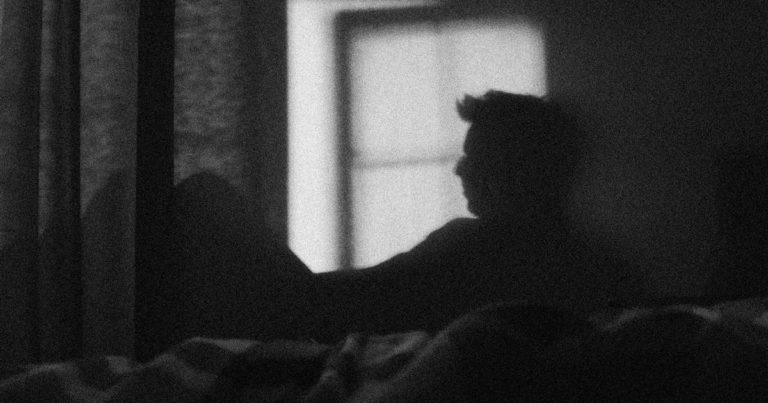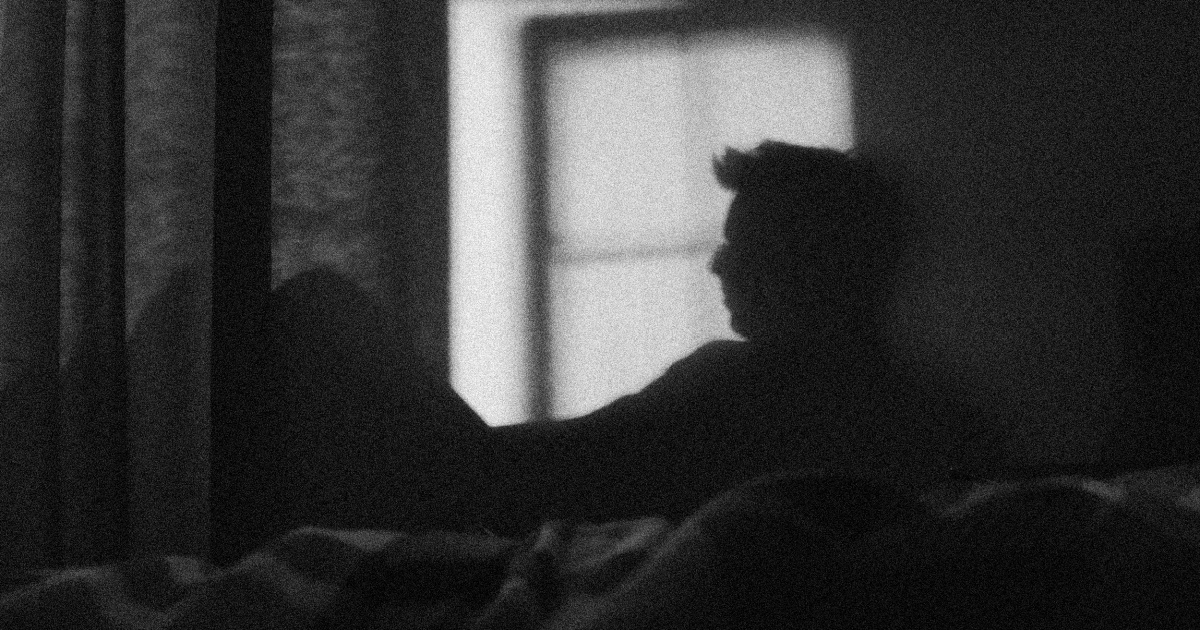

Bisexual men are more likely to experience eating disorders than either heterosexual or gay men, according to a new report from the University of California San Francisco.
Numerous studies have indicated that gay men are at increased risk for disordered eating — including fasting, excessive exercise and preoccupation with weight and body shape. But the findings, published this month in the journal Eating and Weight Disorders, suggest that bisexual men are even more susceptible to some unhealthy habits.
In a sampling of over 4,500 LGBTQ adults, a quarter of bisexual men reported having fasted for more than eight hours to influence their weight or appearance, compared to 20 percent of gay men. Eighty percent of bisexual men reported that they “felt fat,” and 77 percent had a strong desire to lose weight, compared to 79 percent and 75 percent of gay men, respectively.
Not everyone who diets or feels fat has an eating disorder, said a co-author of the study, Dr. Jason Nagata, a professor of pediatric medicine at UCSF. “It’s a spectrum — from some amount of concern to a tipping point where it becomes a pathological obsession about body weight and appearance,” Nagata said.
Of all the respondents, 3.2 percent of bi males had been clinically diagnosed with eating disorders, compared to 2.9 percent of gay men. That stacks up to 0.6 percent of heterosexual men, according to research from the Yale University School of Medicine.
Nagata said the discrepancies highlight the need to conduct eating disorder research on various sexual identities independently. “Prior studies on eating disorders in sexual minority men have grouped gay and bisexual men together, so it was difficult to understand the unique characteristics in bisexual men.”
Several factors may be at play, he said, including “minority stress,” the concept that the heightened anxiety faced by marginalized groups can manifest as poor mental and physical health outcomes.
“LGBTQ people experience stigma and discrimination, and stressors can definitely lead to disordered eating,” Nagata said. “For bi men, they’re not just facing stigma from the straight community but from the gay community, as well.”
The bisexual advocate and author Zachary Zane said this “double discrimination” often leads to loneliness, depression and a fear of coming out.
“We face ostracization from both sides, or if we’re embraced by the LGBTQ world, it’s because we’re hiding our authentic selves,” Zane said. “When you feel everything is out of control, [food] is something you can have control over. I can understand how that would be appealing.”
Thirty percent of bi men in the survey reported being afraid of losing control of their eating, and nearly a third said they had difficulty focusing on work or other activities because they were thinking about food, eating or calories.
While binge eating was similar among gay and bi men in this report, a 2018 American Psychiatric Association study of university students found that bisexual men were three times as likely to binge eat as their gay classmates and five times as likely as heterosexual male students.
Subjects for the report were chosen from the Pride Study, the first large-scale, long-term national health study of sexual and gender minorities, sponsored by UCSF and other institutions.
It relies on self-identification for sexual orientation and allows respondents to choose multiple identities or even write in their own. For the sake of the report, Nagata’s team categorized cisgender men who identify as bisexual, pansexual, polysexual or otherwise attracted to more than one gender as “bisexual-plus.”
Bisexuals, the largest demographic in the LGBTQ community, face numerous health disparities, including higher rates of obesity, substance abuse, binge drinking, sexually transmitted illnesses, cardiovascular disease and even some forms of cancers. Thirty-nine percent of bisexual men say they have never told a doctor about their sexual orientation, three times the percentage of gay men, according to a 2012 study by the Williams Institute.
A recent study in JAMA Pediatrics found that, in the first three years after having come out, bisexuals were twice as likely to start smoking as lesbians or gay men.
Bisexual youth are at an elevated risk for self-harm: Forty-four percent of bi high schoolers have seriously considered suicide, compared to a quarter of gay teens and less than 10 percent of heterosexual students, according to a 2011 study from the University of Illinois College of Education. And a 2013 report in the Journal of Adolescent Health found that suicidal thoughts did not decrease as they entered adulthood, as they did for gay and straight people.
But few diagnostic tools or treatment programs make adequate distinctions, Nagata said, even for gender: Most assessment tools for eating disorders, for example, were devised for cisgender women, and they can overlook behaviors more common among men, like eating more to gain mass. While only 3 percent of the bisexual male study subjects had been diagnosed with eating disorders by clinicians, nearly a quarter met the criteria based on their answers.
“Raising awareness of these differences is the first step,” he said. “Having tailored interventions for LGBTQ people, for bisexual people, is just common sense. It’s not a one-size-fits-all treatment program.”
Zane said that if researchers want to help bi men with eating disorders, they need to address the unique roots of bi men’s depression, anxiety and need for control.
“When researchers lump bi and gay men together, it not only contributes to bi erasure — implying that bi men have the same struggles and identity as gay men — it also leads to ineffective treatments,” he said. “If the goal is to actually help bisexual men, then all research needs to parse them out from gay men, period.”